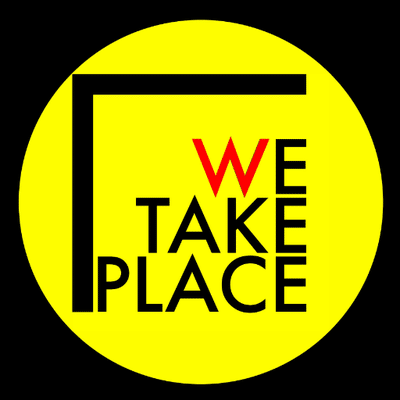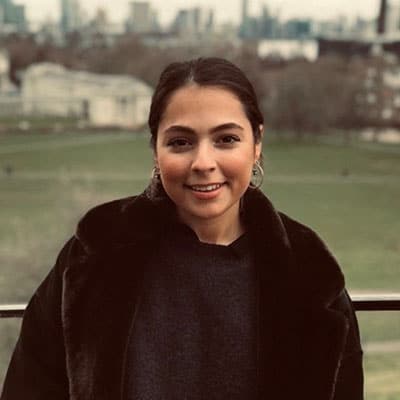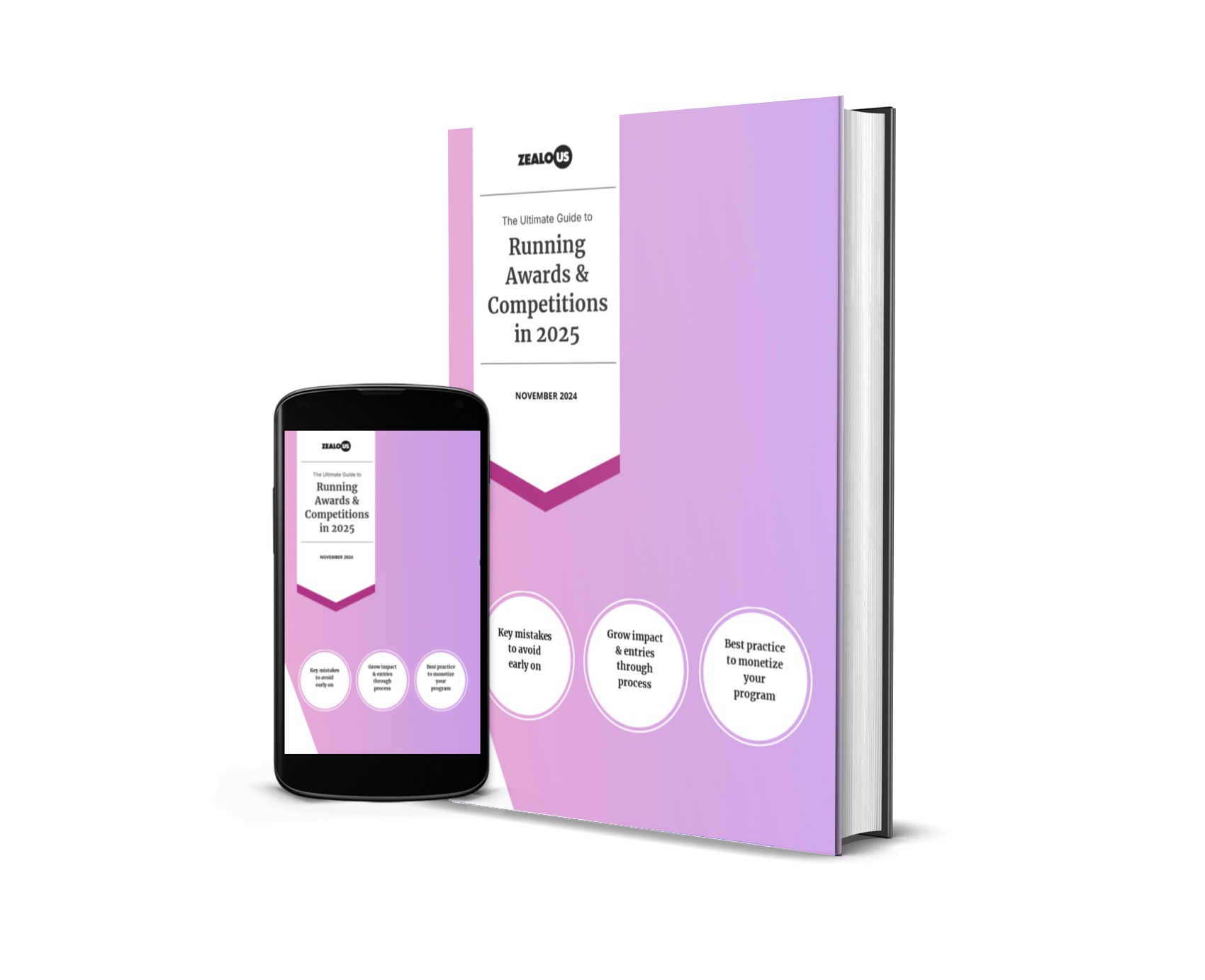
Deen Atger, Creative Project Manager, Ugly Duck
I organise different events, exhibitions and festivals throughout the year. I am mainly drawn to projects that engage audiences in new and dynamic ways. Whether it’s an interactive piece, a photograph or performance, I’m always questioning what a work will reveal in the context of my curation. I consider how will it resonate alongside other works, whether it will fit in with the theme of the festival and within a greater political and social context.
The aesthetic of the work matters, but it is not the first thing that I personally look at. I look for how the message is translated plastically and artistically. However, it is important that when I read an application, I understand how the work is going to look as well as all of the production details. Always be clear and don’t forget that the person reading has never seen your work. Good documentation is a bonus and it’s also important to mention how you would like your work to be presented. Be precise if you need a venue to provide anything.
Each applicant should think and reflect on why they are applying to a particular call out and not just apply to any. The originality of a proposal is key – in your application highlight how your work is different to others.

Rach Drew, Executive Director, York Mediale
We want to see ambition and creativity, inspired ideas and fresh thinking. Proposals with a narrative explaining why the work is timely and important. What it says to an audience and the thematic challenges it might present are most exciting to us.
It’s useful for us to gain some context around an artist – can we see some of their portfolio? Are there references we might know? This is to prove that the artist’s work is of quality and that they can handle a project of the scale they suggest in their proposal.
A pragmatic approach and scoped budget, which includes set-up, maintenance, contingency and staff, is an important aspect of any submission, but we do not expect artists to be fully fledged producers – that’s our job. If you do have an idea of how to fund a project, this will add weight to your submission.
As a festival, we don’t have unlimited time, venues or resources (far from it!). Any submission should come with plenty of time to deliberate its merits. Diversity is crucial for us and we want to see artists who can show they value this within their own work. Fair pay for artists is something we strive for and we will want to see this reflected in your budget.
We are currently finalising plans for the 2020 festival which will take place 21 – 25 October.
To find out more about York Mediale, follow us on Facebook, Twitter and Instagram and sign up to our mailing list.

Hannah Place, Founding Director, WE TAKE PLACE
The festivals I run are about art and social issues. A work we know we need to make space for doesn’t need to have the answers. Audiences can’t participate in things which have already been decided. It’s about the work having honest, open questioning.
Art is a tool which is underused in modern society and hypermodern culture. It has a consequence we really need right now; engaging us in processes of questioning.
What am I looking at? Does this work for me? How was this made? Does it have an explicit message? Do I get it?
Once we question, we embark on a process of problem-solving, which is the open searching process we need to engage in order to address the numerous issues we’re facing today: the refugee crisis, the rise of ‘us v them’ politics, racism and data warfare. Art and discussion, where we can begin to problem-solve and re-imagine the world, is always what we’re looking for.
What that looks like in practice can be anything from someone’s first uncertain foray into painting, or a seasoned household name’s newest work.
If the curatorial team are looking with the right eye, this element of questioning comes across no matter where the artist, social practitioner or scholar is in their career, and finding it is a real pleasure.
Let us know you want us to write more content like this with a love!
Share






